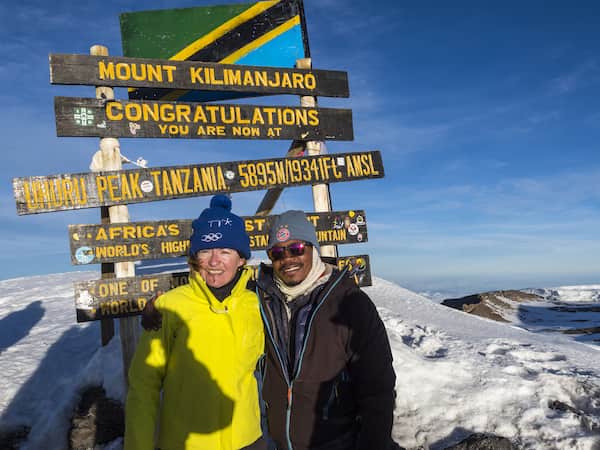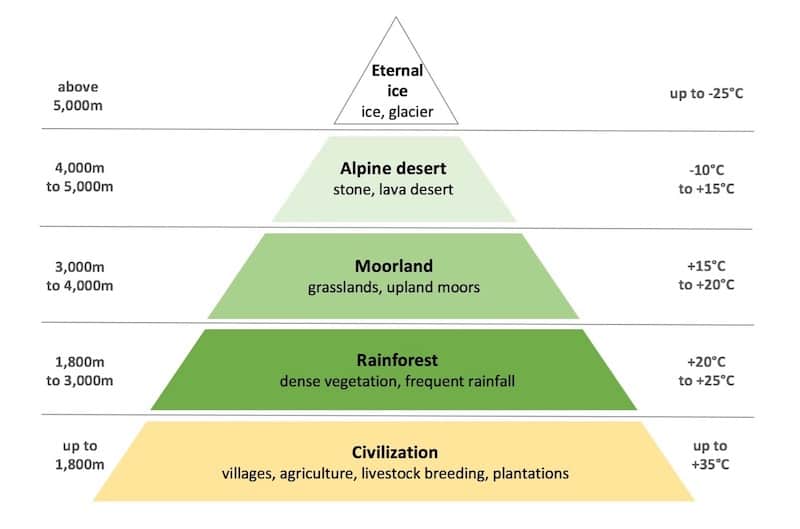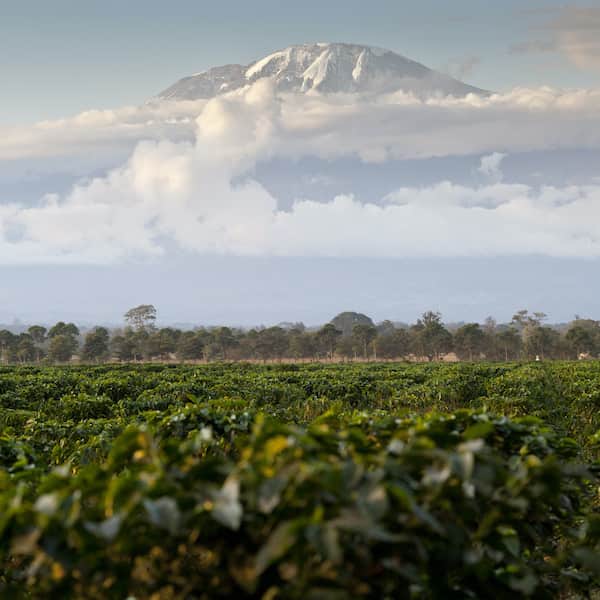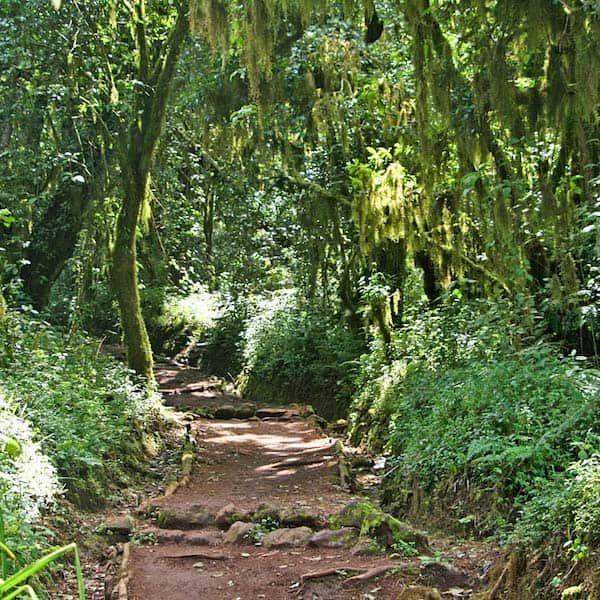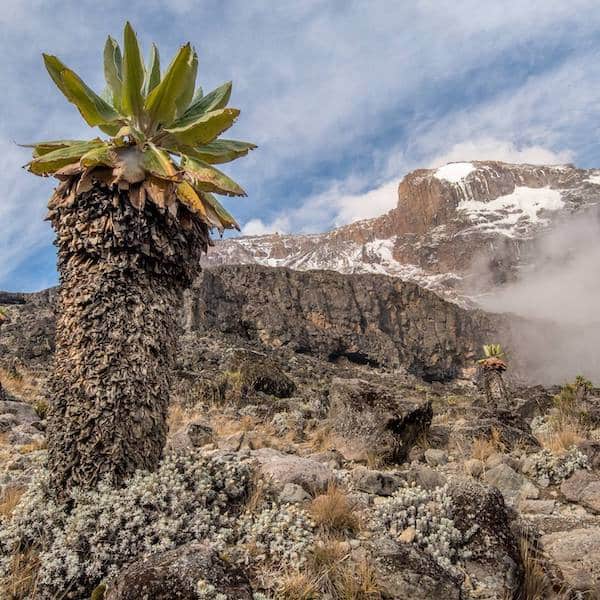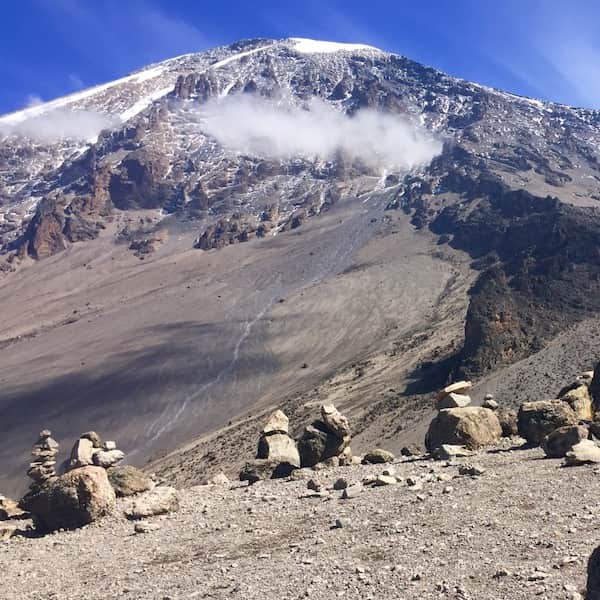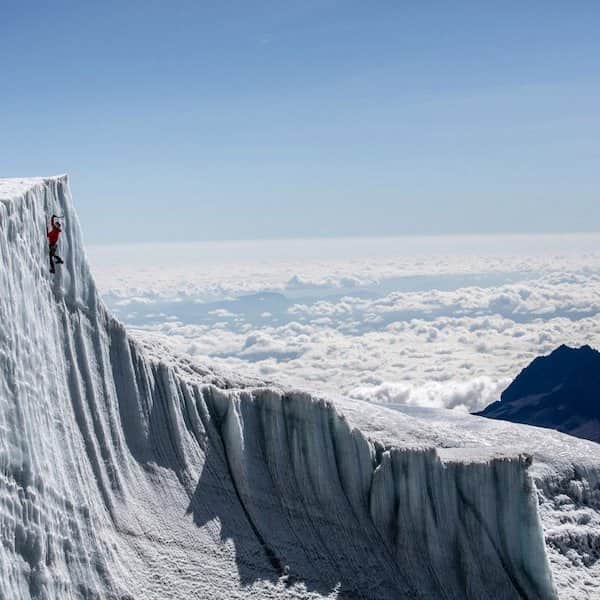Each day we recommend that you pack the following to carry with you:
Note: We have a selection of gear available for rent. Please contact one of our mountain trekking experts to talk about arranging your gear for the trek.
All of our guests undergo a thorough pre-briefing, where we explain exactly which necessities and clothes you must bring, and how much your baggage must weigh in total.
All valuable items (jewellery, money, passport and electronics) should be kept in the safe deposit at the hotel.
Baggage weight is restricted at 5-10 kg. Your bag must include: your prepared first aid kit, a sun hat, sunglasses, energy bars, a 3 L water bottle, rain trousers and coat, camera, fleece sweater, hiking poles and the lunch boxes provided by the cook during the trek.
Refer to our recommended trekking equipment guide when selecting and preparing your gear.
All our guests are required to register at the national park upon arrival. Make sure that you have your passport number. Note that your bags will be weighed at the gate before you enter.
We provide 3 L of water to each guest at the beginning of the trek. This water can be carried in a water system or in Nalgene drinking bottles.
During the trek, your cook will provide you with more drinking water that is fetched from the springs, boiled, filtered and cleaned with purification tablets.
Meals consist of breakfast, lunch, a small tea snack and dinner. We provide vegetarian and non-vegetarian options.
Hot lunches will be provided if the location allows, and the number of lunch boxes you will receive depends on the amount of days you spend climbing.
The national park cleans and maintains public built wooden pit toilets that can be used by all our guests. Alternatively, guests can rent a portable chemical toilet that can be used throughout the climb.
You will need a pair of trainers/sneakers/tennis shoes as well as a pair of waterproof trekking boots (alpine treks).
Make sure that your shoes are ‘broken in’ before the climb so that you reduce the risk of getting blisters. When choosing a shoe size do keep in mind that you will need thick socks as well.
Note: If you do not wish to bring trekking boots we have some available to rent.
